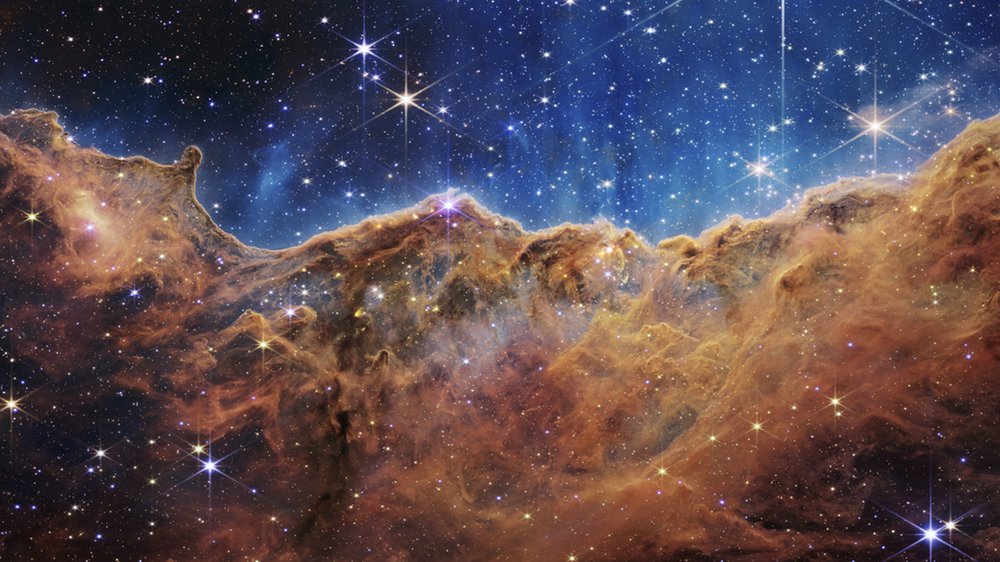In the heart of Moscow, in 1929, a man named Solomon Shereshevsky walked into the Academy of Communist Education, unknowingly about to reveal a paradox that lies at the core of what we understand as STEM. Shereshevsky, who possessed an extraordinary memory, could recall vast arrays of information in astonishing detail. Yet, his story, chronicled by neuropsychologist Alexander Luria, highlights a profound truth: mere retention of knowledge is not the same as understanding it. This distinction is the essence of STEM (Science, Technology, Engineering, and Mathematics) - it's not merely the accumulation of facts, but their application, understanding, and integration that truly define the field.
STEM, as a concept, often conjures images of laboratories, complex equations, and technological innovations. However, at its core, STEM is much more. It's a way of engaging with the world, a method of learning and thinking that integrates knowledge with creativity and practical application. In my journey as an educator, this realization has been pivotal.
Teaching STEM, despite my initial apprehension due to a lack of background in engineering or coding, transformed not only my approach but also my students' engagement with learning. This journey has led me to believe that good STEM teaching is, in essence, good teaching.
Real-World Applications of STEM
One of the most awe-inspiring examples of STEM in action is the James Webb Telescope. This marvel of engineering and science represents the pinnacle of human ingenuity and curiosity. Launched in late 2021, the James Webb Telescope is not just a testament to our technological advancements but a gateway to unraveling the mysteries of the universe. It's designed to peer deeper into space than ever before, potentially offering insights into the formation of the first galaxies and the very origins of the universe.
The conception, design, and deployment of the James Webb Telescope are classic examples of STEM at its best – an intricate blend of physics, engineering, astronomy, and even computer science. Each aspect of the telescope, from its massive gold-coated mirrors to its ultra-sensitive instruments, results from collaborative innovation and problem-solving. This project brought together scientists, engineers, and researchers from around the world, each contributing their expertise to create something that was once deemed impossible.
Another groundbreaking achievement in the realm of astrophysics is the imaging of a black hole, a feat that seemed unattainable just a few years ago. In April 2019, astronomers working with the Event Horizon Telescope project unveiled the first-ever image of a black hole's event horizon. This historic image of the black hole in the galaxy M87 was made possible through a global network of telescopes, creating a virtual Earth-sized observatory.
Capturing this image was not merely a matter of pointing a telescope at the right spot in the sky. It involved a sophisticated understanding of electromagnetic radiation, the development of new algorithms for image processing, and the integration of data from multiple telescopes spread across the globe. This achievement illustrates how STEM can push the boundaries of what we know about the universe. It exemplifies how theory (Einstein’s general relativity) and practice (modern telescopic technology) can come together to reveal truths about our cosmos.
These examples - the James Webb Telescope and the first image of a black hole - are not just milestones in scientific achievement; they are proof of the power of STEM education and its application. They show how nurturing curiosity, fostering interdisciplinary collaboration, and pushing the limits of our imagination can lead to discoveries that transform our understanding of the universe.
Inspiring Next Generations
In the classroom, these examples can be pivotal in inspiring students. They bring abstract scientific concepts to life, demonstrating how the principles they learn about in textbooks are applied to solve real and complex problems. These breakthroughs in space exploration serve as a beacon, guiding and motivating young minds toward the pursuit of knowledge and the exploration of the unknown.
As we look to the stars with the James Webb Telescope or delve into the enigmatic nature of black holes, we are reminded of the boundless potential of STEM to explore, discover, and understand the world beyond our immediate grasp. It is in these ambitious endeavors that the true spirit of STEM education is realized – a spirit characterized by inquiry, innovation, and the relentless pursuit of knowledge.
Embracing the Limits of Knowledge - The True Essence of STEM
Understanding the true essence of STEM goes beyond recognizing it as a mere academic discipline. It is, fundamentally, a lens through which we can view and interact with the world, integrating science and art, logic and creativity, and theory and application. This brings us to a profound realization, eloquently captured in William Egginton's "Rigor of Angels": the limits of our knowledge are not constraints but opportunities.
Egginton articulates a crucial distinction between being and knowing, illustrating that pursuing perfect knowledge inherently limits our ability to be part of the world. This paradox, far from being a weakness, is the driving force behind the Scientific Method, the cornerstone of STEM. It is our recognition and embrace of these limits that empower us to continually test theories, accept results, and refine our understanding of the world.
STEM, therefore, is not just about acquiring knowledge; it is about using the tools at our disposal - like the Scientific Method and the Engineering Design Process - to explore, to question, and to engage with the unknown. In doing so, we satisfy our innate curiosity and fuel it further, a phenomenon that is quintessentially human.
About the author
Jason McKenna, an experienced educator and author of What STEM Can Do for Your Classroom: Improving Student Problem Solving, Collaboration, and Engagement, Grade K-6 As the Vice President of Global Education Strategy for VEX Robotics, he specializes in curriculum development and global educational strategy, focusing on STEM integration and 21st-century learning. His work involves engaging with educators and policymakers worldwide.










